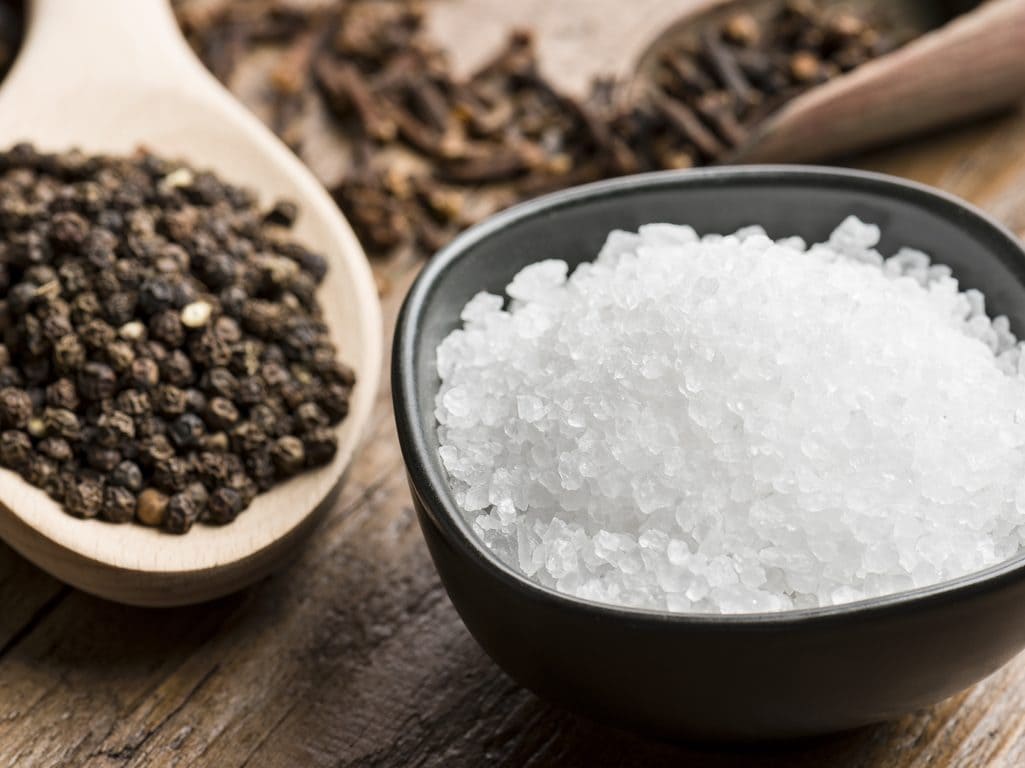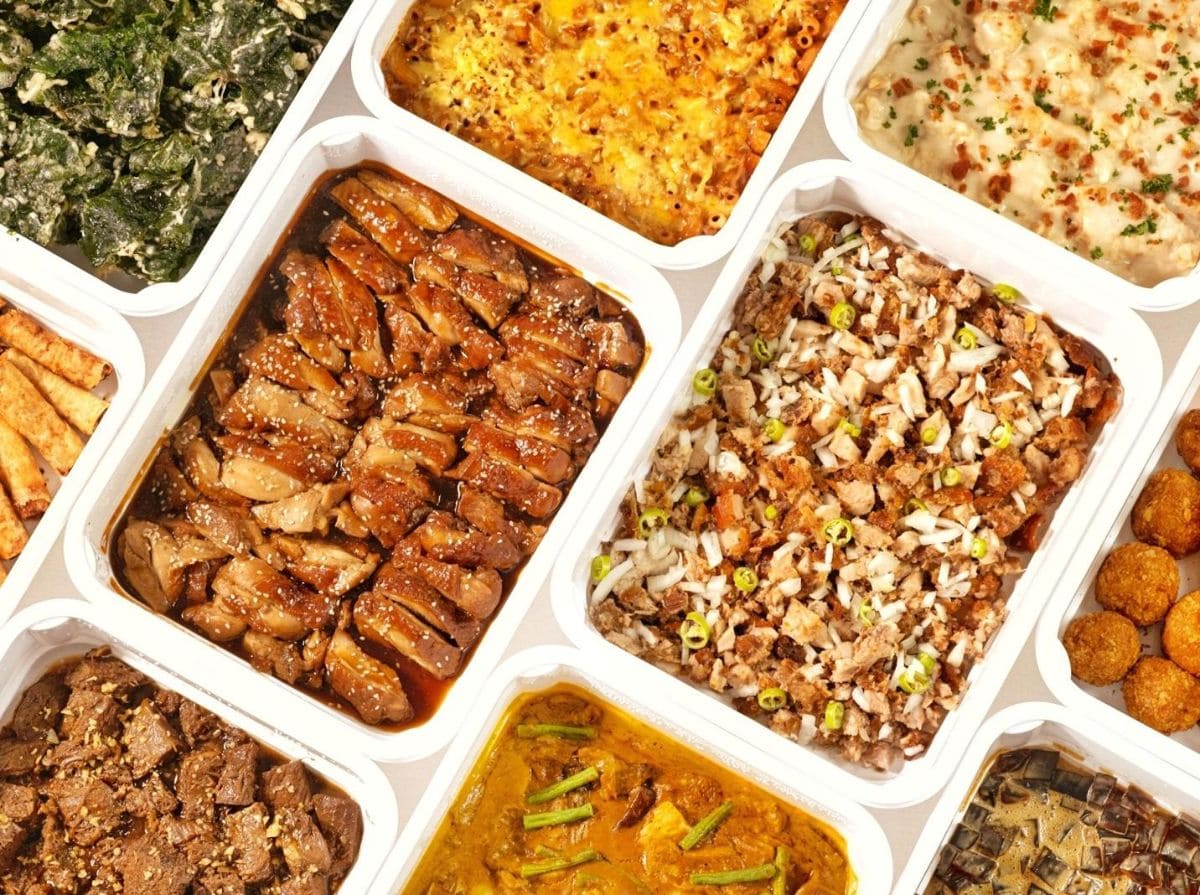Introduction:
When it comes to refreshing your kitchen space, few techniques offer the charm and versatility of whitewashing cabinets. This age-old method not only brightens up your kitchen but also adds a touch of rustic elegance. In this detailed guide, we’ll delve into everything you need to know about whitewash kitchen cabinets, from the basics to advanced techniques.
Understanding Whitewash Kitchen Cabinets:
Whitewashing cabinets involves applying a thin layer of white stain or paint over the wood, allowing the natural grain to show through. This creates a subtle, weathered effect that can instantly breathe new life into your kitchen.
Choosing the Right Cabinets for Whitewashing:
Not all cabinets are suitable for whitewashing. Opt for cabinets with natural wood grain that will complement the whitewash effect. Oak, pine, and maple are popular choices due to their distinct textures.
Preparing Your Cabinets:
Before starting the whitewashing process, ensure your cabinets are clean and free of any grease or grime. Sanding them lightly will help the whitewash adhere better and ensure a smooth finish.
Applying the Whitewash:
There are various methods for applying whitewash, including brushing, wiping, or spraying. Experiment with different techniques to achieve your desired look, whether it’s a subtle wash or a more pronounced distressed finish.
Tips and Tricks for Success:
- Layering for Depth: Apply multiple thin coats of whitewash for a richer, more nuanced finish.
- Experiment with Colors: Mix in a hint of gray or beige for a custom look that complements your kitchen’s aesthetic.
- Embrace Imperfections: Don’t be afraid to embrace imperfections and unevenness—these add to the charm of whitewashed cabinets.
Maintenance and Care:
To maintain the beauty of your whitewashed cabinets, avoid harsh chemicals and abrasive cleaners. Instead, opt for gentle solutions and regular dusting to keep them looking pristine.
FAQs (Frequently Asked Questions):
How long does it take to whitewash kitchen cabinets? Whitewashing cabinets typically takes a few days, including prep and drying time. However, the actual application process can be completed in a day, depending on the size of your kitchen.
Can I whitewash laminate cabinets? While it’s possible to whitewash laminate cabinets, the process can be more challenging. Proper surface preparation is key to ensuring the whitewash adheres effectively.
Is whitewashing reversible? Yes, one of the benefits of whitewashing cabinets is that it’s reversible. If you decide you no longer want the whitewash effect, you can easily remove it with sanding and refinishing.
Do I need to seal whitewashed cabinets? Sealing whitewashed cabinets is optional but recommended for added protection against moisture and stains. Choose a clear, matte sealant to preserve the natural look of the whitewash.
Can I whitewash painted cabinets? Yes, you can whitewash painted cabinets, although the process may require additional preparation, such as sanding or stripping the existing paint.
How can I add depth to my whitewashed cabinets? To add depth to your whitewashed cabinets, consider using a darker glaze or stain to highlight the wood grain and create contrast.
Conclusion:
Whitewashing kitchen cabinets offers a simple yet effective way to transform your kitchen’s appearance. With the right techniques and a bit of creativity, you can achieve stunning results that breathe new life into your space. Embrace the charm of whitewash and let your kitchen shine!





